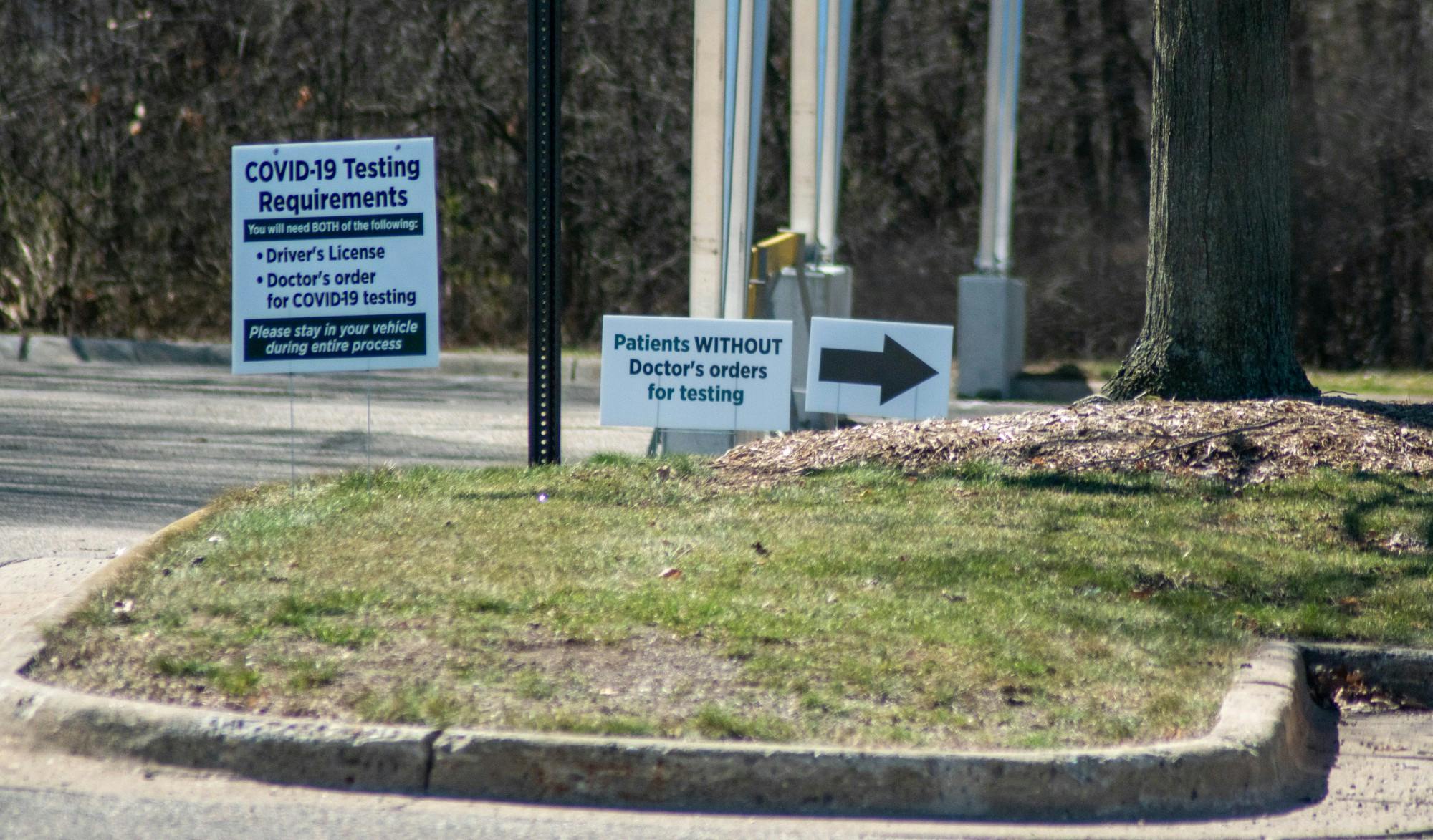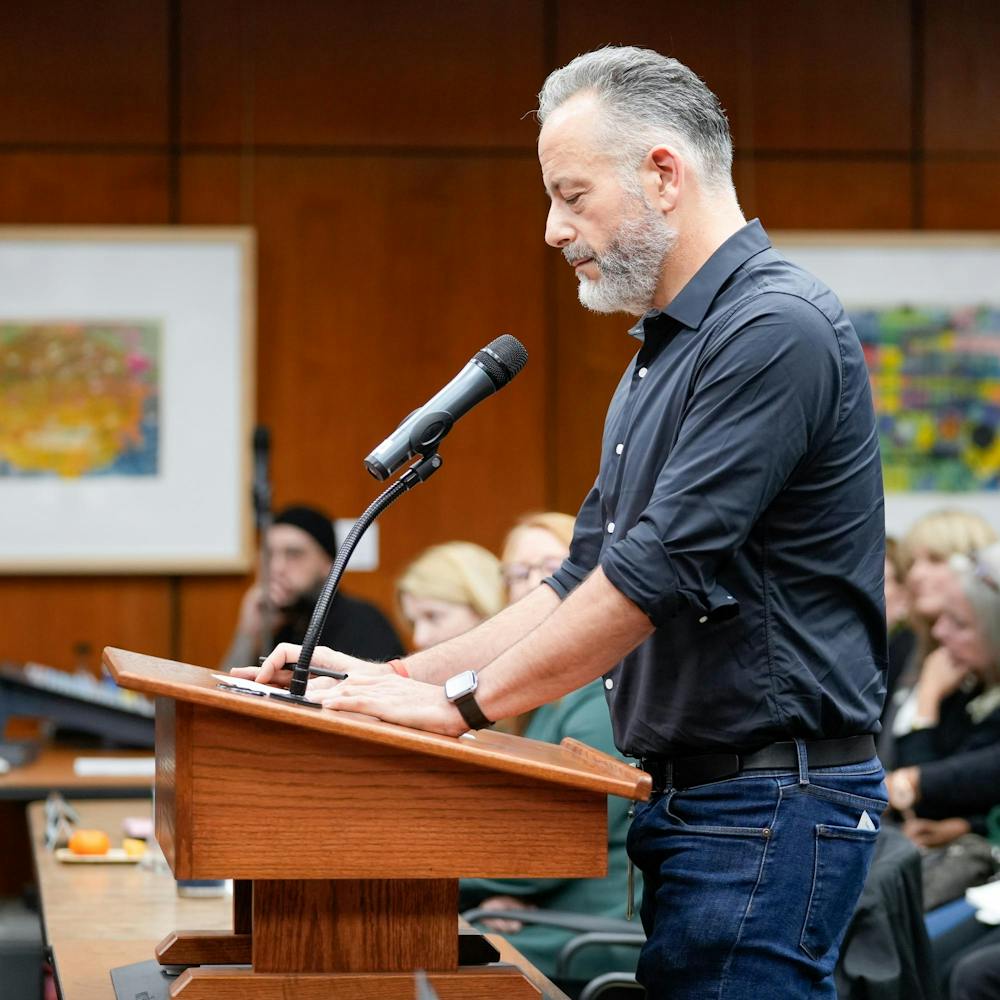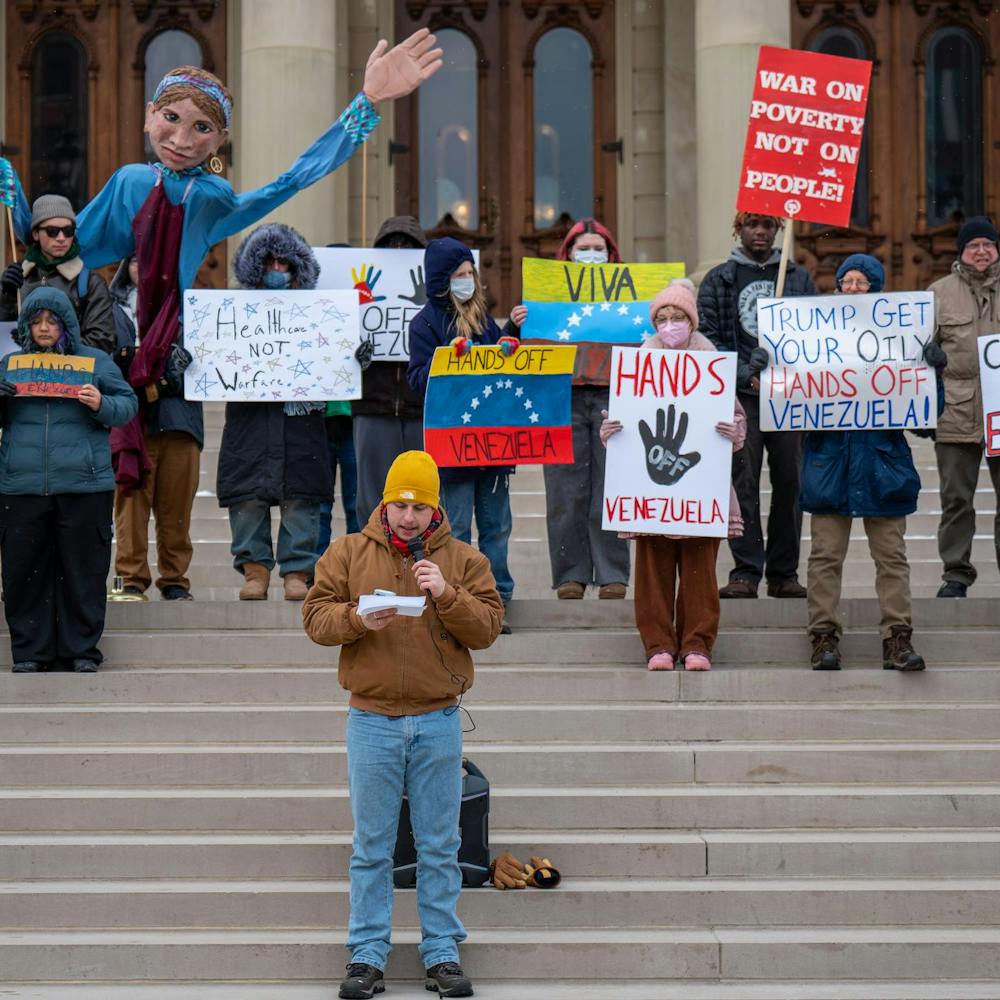As sectors of the Michigan economy begin to reengage, Gov. Gretchen Whitmer announced a series of policy initiatives and budget plans this week.
According to Michigan Department of Health and Human Services, or MDHHS, Chief Medical Executive Dr. Joneigh Khaldun, the state has recorded 56,621 total cases of COVID-19 and 5,406 deaths as of Friday. She additionally stated there have been reductions in new cases in all regions of the state.
COVID-19 testing
Following advancements in the state’s testing capacity, Whitmer signed an executive order Tuesday that expands the type of medical personnel that can order a COVID-19 test, which now includes nurses, physician’s assistants and pharmacists.
The order also grants expanded testing at community testing locations to anyone who exhibits any symptom — mild or severe — of COVID-19, has been exposed to someone with symptoms of COVID-19 or a diagnosis, has been working outside of their home for at least 10 days or anyone who resides or works in a congregate care setting, like a prison or long-term care facility. If eligible, a person does not need a doctor’s order to be tested.
“If you fit this expanded criteria, I hope that you will find a test site near you and go get tested,” Whitmer said.
Mental health services
There have also been developments in mental health services throughout the ongoing pandemic.
“We believe that while it is less visible, the escalating mental health crisis is emerging as a second curve we are hoping to help flatten,” CEO of Aetna Better Health of Michigan Beverly Allen said.
Allen said she has seen a 200% increase in virtual mental health visits as compared to the same period last year.
According to Khaldun, MDHHS has expanded available mental health resources. The state’s “Stay Well” confidential, counseling service hotline is available 24/7 for those who need support. There are online, text-messaging services available, as well.
“While we often focus on the physical consequences of COVID-19, we cannot forget about the need to take care of our mental health,” Khaldun said.
Monitoring COVID-19
The governor also announced on Tuesday the development of a dashboard designed by a team at the University of Michigan to monitor COVID-19 indicators across the state.
The dashboard, MI Safe Start Map, seeks to assist public health officials in making decisions related to the coronavirus and to provide the general public with insight into what affects these public health decisions. Some of the information available on the dashboard includes the percent of positive tests, the number of tests administered, the number of new cases and the number of deaths.
“Keeping our families and businesses safe and healthy during this epidemic requires us all to keep a watchful eye on COVID-19 in our communities,” Emily Martin, associate professor of epidemiology at the University of Michigan and one of the developers of the dashboard, said. “It is our hope that the MI Safe Start Map will be a useful tool for guiding our own choices, serving as a window into the data as we continue to fight the coronavirus epidemic together.”
Calling for financial assistance
As the economy is beginning to reengage, Whitmer revealed her budget priorities moving forward, requesting assistance from the federal government.
“I’m hopeful that our federal partners across the aisle in Washington, D.C. will take action to give us the support that Michigan and all states in our country need right now,” she said.
Since the state’s general fund has been flat for over 20 years, there is very little left to cut from the budget “without impacting essential and critical services and programs,” State Budget Director Chris Kolb said.
Support student media!
Please consider donating to The State News and help fund the future of journalism.
Additionally, Kolb said the state’s $1.2 billion rainy day fund would not be able to solve or close the budget problem.
Given this and the state’s $6.2 billion loss of revenue for the remainder of this year and the next, Kolb also called on the federal government for financial assistance.
“This is as bad — if not worse — than the Great Recession, and the only way we made it through that recession was with direct support from the federal government,” Kolb said. “We need them to step up again. Now.”
As of Thursday, $8.5 billion had been paid in unemployment benefits to Michigan workers. The government also invested $251 million in PPE, $101 million in childcare services, $25 million in hospitals and $22.8 million in direct care workers. Additionally, $10 million had gone toward small business relief grants.
In an attempt to mitigate the virus’ impact on the state’s budget and economy, Whitmer announced she has taken a 10% pay cut through the end of the fiscal year. The governor’s executive team and cabinet have voluntarily taken a 5% pay cut, as well.
COVID-19 protections and recovery
Some of the governor's other budget priorities include education, protections for police, fire fighters and local communities, vaccine research at universities, fixing state roads, paid family leave and worker protections, such as hazard pay for first responders and extended unemployment benefits.
“During these unprecedented times, we must work together to assure resources for our schools, our communities and our workers,” the governor said. “That means prioritizing funding for our school classrooms and literacy programs to help our kids get the skills they need.”
The governor also revealed her policy agenda, which prioritizes access to health care, high quality childcare, supporting small businesses, enhanced consumer protections, worker retraining and the opportunity for tuition-free college for front-line workers through the Futures for Frontliners program.
Whitmer additionally announced the signing of a new executive order Friday creating the Michigan Workforce Development Board. According to the governor, the board will be crucial to growing the workforce and the economy, as well as reaching the goal of 60% of Michigan residents having a post-secondary degree or certification.
The governor also issued an executive order expanding who can participate in work share, giving employers greater flexibility as they open their businesses back up to the public.
“With work share, an employee who has seen their hours and salary reduced due to the pandemic is not only paid by their employer for hours that they work but they’re also eligible to receive both state unemployment benefits and the additional $600 federal payment in federal pandemic unemployment compensation … through July 2020,” Whitmer said. “In other words, this gives flexibility to employers who are not able to perform at 100% capacity.”
Discussion
Share and discuss “State's COVID-19 response recap: Plans prioritize community protections, recovery ” on social media.








